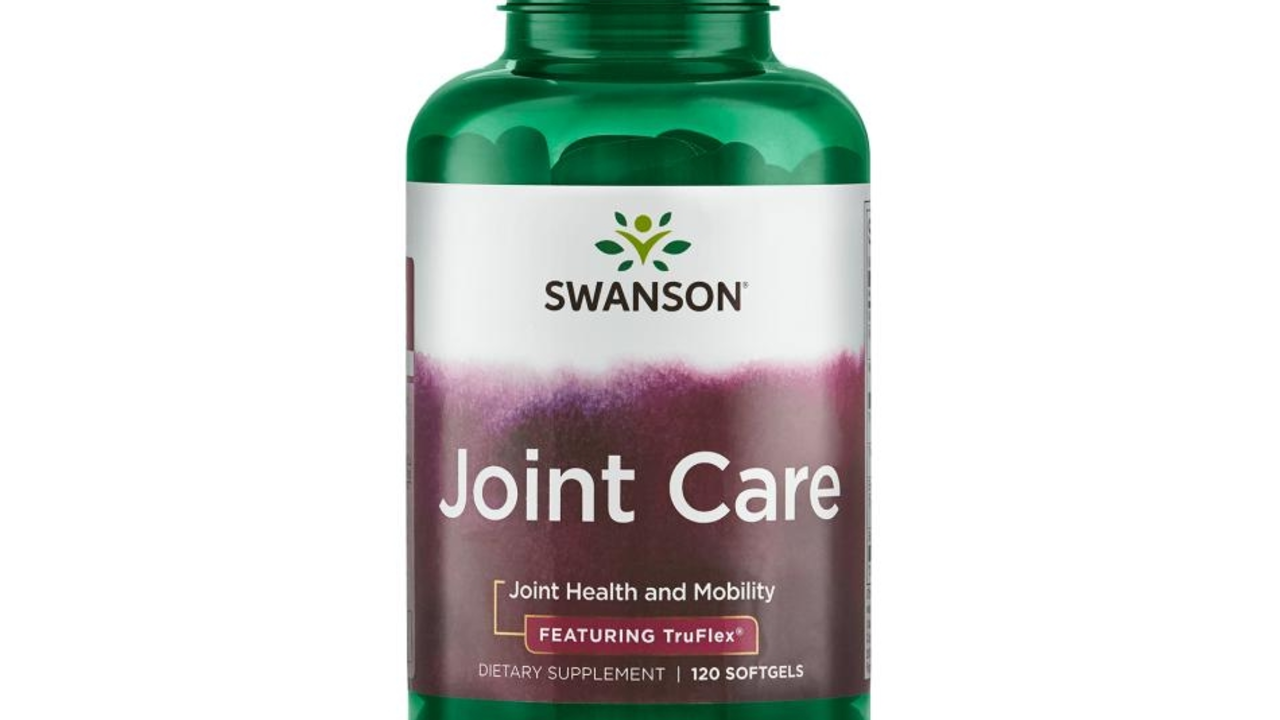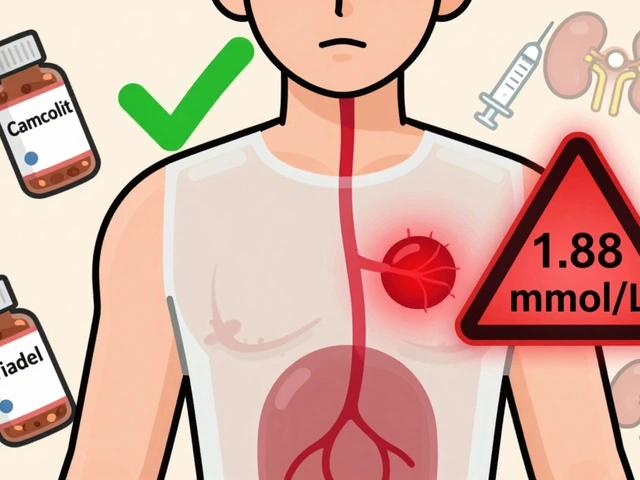Glucosamine sulfate — what it does and what to expect
Glucosamine sulfate is a popular supplement people try for knee and joint pain. It’s a building block your body uses to make cartilage. Some studies show people with mild to moderate osteoarthritis feel less pain and move better after taking glucosamine sulfate for several weeks. Other studies find little benefit. Bottom line: it can help some people, but it won’t fix every case.
How to use it and typical doses
Most trials use 1,500 mg a day, usually taken once or split into two doses. Take it with food if it upsets your stomach. Give it at least 8–12 weeks before judging whether it helps you. Unlike painkillers, benefits are gradual. If you feel better sooner, that’s a bonus; if not, stopping after three months is reasonable.
Products come as glucosamine sulfate or glucosamine hydrochloride. The sulfate form is the one studied most. If you choose a combo that includes chondroitin, some people report extra relief, but the evidence is mixed and the cost is higher.
Safety, side effects and interactions
Glucosamine sulfate is generally safe for most adults. Common side effects are mild and include nausea, heartburn, and constipation. If you have shellfish allergy, check the label—many glucosamine supplements are shellfish-derived, though some are synthetic or plant-based.
Talk to your doctor if you take blood thinners like warfarin. Glucosamine can affect INR in rare cases. If you have diabetes, monitor blood sugar more closely when starting glucosamine; most people don’t see big changes, but it’s worth checking. Pregnant or breastfeeding people should avoid it unless a clinician approves.
If you’re on multiple medications, check with a clinician or pharmacist. Supplements aren’t risk-free and can interact with drugs or underlying conditions.
Quality varies between brands. Look for third-party testing seals (USP, NSF, or ConsumerLab) and clear labeling of glucosamine form and dose. Avoid supplements that make bold promises like "cures arthritis" or "instant relief." Real results are modest and gradual.
Expectations matter. If glucosamine helps, you may notice reduced pain during walking, climbing stairs, or standing up from a chair. It’s best used alongside exercise, weight control, and physical therapy. Strengthening muscles around the joint protects cartilage and keeps gains longer.
Want specific product tips or studies? Safe-Pills.com has practical reviews and related articles that compare glucosamine types and alternatives. Always pair supplement decisions with advice from your healthcare provider, especially if you have chronic conditions or take prescription drugs.
Final practical step: if you try glucosamine sulfate, pick a tested brand, take 1,500 mg daily, track symptoms for 8–12 weeks, and talk to your clinician about any concerns. That simple routine helps you know if it’s worth keeping.

Unlock the Incredible Benefits of Glucosamine Sulfate for Joint Health and Mobility!
I recently came across the incredible benefits of Glucosamine Sulfate for joint health and mobility, and I just had to share it with you all! As we age, our joints tend to weaken, and Glucosamine Sulfate is a natural way to help improve overall joint function. It's been proven to reduce joint pain, inflammation, and stiffness, making daily activities much more comfortable. Not only does it promote the rebuilding of damaged cartilage, but it also helps maintain joint flexibility. So if you're looking to keep your joints in tip-top shape, consider giving Glucosamine Sulfate a try!
View More




